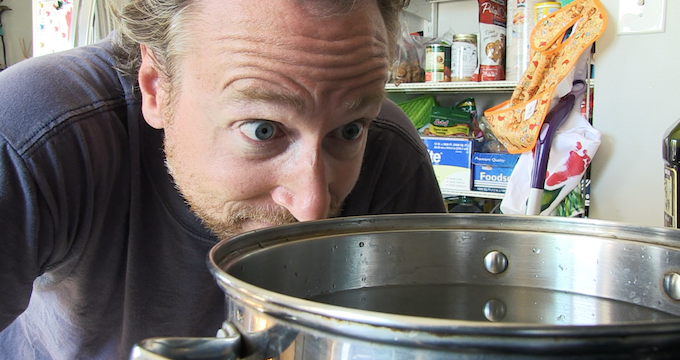DVDRW said:
Cycle life is the most important parameter i think but strangely we still have so less information about that.
If this is true... then here is where you start.
1) You have already done the first part - talk with other scientists about what is needed.
2) Develop an experiment which can be affordably and easily repeated by other scientists.
In this case - limiting factor is time - so an accelerated aging test (standard) is what you seek
...
1) Yes - discharging the cells under Cold, Ambient, Hot, - at High, low, medium rates - results in different data. But... not orders of magnitude different - more like percentage... 10% say.
2) This complexity impedes progress as nobody has time or money to set up a big fancy test with 300 different cells in 8 different thermotrons with 8 different test racks to cycle the load and power... That sort of work starts at $100k
...
Everybody has an oven tho
Everybody has a freezer
Everybody has (presumably) a lab power supply
Everybody has (presumably) a basic variable load stack (or a standard can be developed)
Everybody has a kitchen that is around 20C
...
Close enough for government work
...
So we start by getting some Accelerated Aging rough parameters from someone who works in the pit at Deer Creek.
From that rough data - we set up a similar test
It does not matter what the test is - so long as it is simple - so long as it can be repeated
...
We crush the lifetime test down by 1 (or possibly 2) orders of magnitude
.
.
.
Example:
Assume 1C Test
Rational: About 3AH cells, those are about 10wh, a pack is about 50V, a pack is about 500wh, so a pack is about 10ah, so that is about 3 cells in parallel, so at 1C we would have 10A charge and an average 10A discharge. A 10A discharge would correlate to 500W output - very reasonable for a conservative setup - and a round hour for a test.
So 1 test would take:
1hr to charge
1hr to discharge
(for a single cell, assuming tests run in parallel - so parallel test jigs - and not parallel cells unless individually current monitored)
5,000 cycles means 10,000 hours of testing
Thats about 420 days
...
Lets pause there
Is anyone registering that?
IF you were to get an honest 5000 cycles...
AND you started just cycling it at 1C... all day... every day...
It would take you over a year just to get to the 50% (or whatever the percent cut off is).
...
Assuming 1 cycle a day - to get to and from work - that would be 5000 days
That's over 12 YEARS
... its 2018 ...
These cells will be considered garbage in 2030
I am talking about MAJOR yesterdays technology... :wink:
....
But back on track
If we want to have a standard to test to - it does not have to come from manufacturers - it can easily be done home brew.
It just needs to be apples for apples
It just needs to be Accelerated (OBVIOUSLY - RIGHT?)
I mean...
Nobody actually thinks that companies are grabbing the absolute cutting edge technology... and testing it for a YEAR right?
RIGHT?
NO
They PROJECT using Accelerated aging techniques.
So - that is what we must do to...
So... at 1 order magnitude it is now a 500 hour test
Thats like... a month... and I see you guys salivating over the DAY a cell is released... so too slow...
Two orders of magnitude acceleration - thats a 50 hour test... now we are talking.
That is very harsh test - will produce vary inconsistent results...
...
Cell comes out on market
You buy it
Ship it overnight
Put it in your test rig
Run it for 2 days straight
Start reporting data - in 12 hour chunks - 4 reports - full life cycle test
...
Tester should cost about - meh - $100USD
...
It would be cool to set up an igloo, rig up a compressor for cooling, rig up a heater for heating, control moisture, get all serious about it... but... who is going to do that?
Not "average Joe"
I would keep it SUPER SIMPLE to just toss a cell in the oven.
Maybe even a toaster oven
Keep it dry in there...
...
Across the Department of Energy, Tesla, ChargePoint, .... The time scale for life testing I have seen... is weeks to months. I have not witnessed any accelerated aging on complex systems that wound up in a day or two. Maybe for a simple component, like a resistor - but with thicker bit of mixed goods - that has to reach thermal equilibrium (soak) that sort of stuff... weeks.
That does NOT mean that we will fail if we create a super accelerated test.
It just means our data will not perfectly correlate to existing accelerated data plottings... i.e. we will end up with a bit of data which is only relative to itself... and not others data... and not absolute data.
Compare 1 cell to another (not to actual cycles or actual time)
A result with no unit*
Not hours or cycles... simply a number
0 to 1
For comparison
This is how it is done.
Show me if you think it is done another way.
-methods


